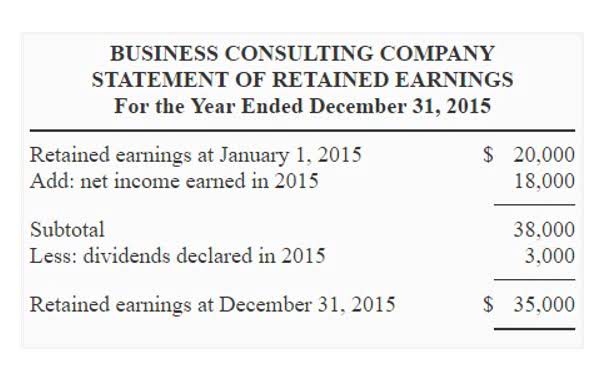

The determination of what analysis methods are appropriate for transposition error BLE studies is largely left to communities and is often determined by the availability of hydrologic data and level of the study. In another study, led by Perez et al. (2021), SST was applied to approximate the probability distribution for peak discharges in the central plains of the US. Their study also concluded that the distribution of peak discharge is watershed scale dependent and may be due to the result of variability in storm patterns and scale relative to the watershed sizes. Applying SST to a small highly urbanized watershed (Dead Run, 14.3 km2), the study showed the significant impact of rainfall spatial–temporal variability with the spatial variability as the driving force of flood response (Zhou et al. 2019). A pivot point is selected at least one radius away from the edge of the defect, and lines are drawn tangential to the edges of the circle to delineate the Burow’s triangle that will be excised (to prevent dog-ear formation). The width of the secondary lobe is a balance between being small enough to allow easy closure of the tertiary defect and large enough to close the primary defect site with surrounding structural displacement.
Reviewing Reconciliations
The normalization data was stored as monthly values, and events that included precipitation at the end of one month and the beginning of the next were adjusted using the appropriate month’s data. Transposition flaps represent a common method for repairing cutaneous surgical defects that may otherwise be functionally or aesthetically unacceptable if other reconstructive methods are selected. Improvements were made by Morestin in 1914, and the understanding of https://www.bookstime.com/ the flap’s dynamics was expanded by Limberg shortly after.
- Ensuring the accuracy of a trial balance is paramount in the world of accounting.
- Dieffenbach originally described the nasolabial flap in 1830 when he used superiorly-based nasolabial flaps to reconstruct the nasal ala.
- While seemingly simple, these mistakes can be notoriously difficult to spot, especially in lengthy and complex trial balances.
- The creation of journal entries is the mechanism through which accounting errors are formally corrected in the company’s books.
- 8, for each year in the N s-years realization, a Poisson distribution was sampled to identify the number of events per year to simulate, resulting in k storms.
- It is through careful examination of the trial balance and subsequent adjustments that such errors are identified and rectified.
What Is A Transposition Error In Accounting?
If a company fails to catch and correct transposition errors, the incorrect value of assets may be perpetuated to outside agencies and individuals, such as corporate shareholders and the Internal Revenue Service. For example, a business may be saddled with an increased tax liability if the transposition error is large enough to slingshot that company into a higher tax bracket. If a bookkeeper mistakenly writes $24.74 instead of $24.47, the resulting $0.27 discrepancy would hardly be consequential.


What is the difference between a transcription error and a transposition error?
This transposition flap is used primarily to revise scars after cutaneous surgery. The Z-plasty technique generally involves the creation of two flaps from three equal limbs and two same-degree angles, ultimately lengthening and rotating the scar. The wide undermining of the flap and the peripheries of the donor and defect site should be performed after flap incision and excision of the defect’s Burow’s triangle. Hemostasis should be attained, and the flap should be lifted and rotated approximately 45 degrees so that the primary lobe fills the original defect and the secondary lobe fills the primary lobe donor site. The tertiary defect is closed first using deep dermal (4-0 or 5-0) sutures, followed by deep dermal suturing of the primary lobe into the defect. The secondary flap tip is then trimmed to precisely unearned revenue fit the remaining defect (primary lobe donor site) and sutured similarly.


How to catch transposition errors?
- This type of accounting error is easy to make, especially when copying down transactions by hand.
- This kind of mistake is quite common in manual data entry but can also occur in algorithmic processing or during data transmission.
- Transposition flaps most commonly used in cutaneous surgery include the bilobed, rhombic, and nasolabial (melolabial) transposition flaps and z-plasties.
- These errors can result in catastrophic financial results, or in the death of a person.
- The rhombic flap was originally described by Limberg in 1966 and is often called the Limberg flap for that reason.
- Here are some warning signs to watch out for when it comes to transposition errors.
The design of an accounting system can influence the frequency and detection of transposition errors. Systems that are user-friendly and intuitive reduce the cognitive load on users, thereby decreasing the likelihood of input errors. Moreover, accounting systems with built-in validation rules can prevent the entry of data that does not meet predefined criteria, such as the format of account numbers or the relationships between financial figures. These validation rules act as the first line of defense against transposition errors.




